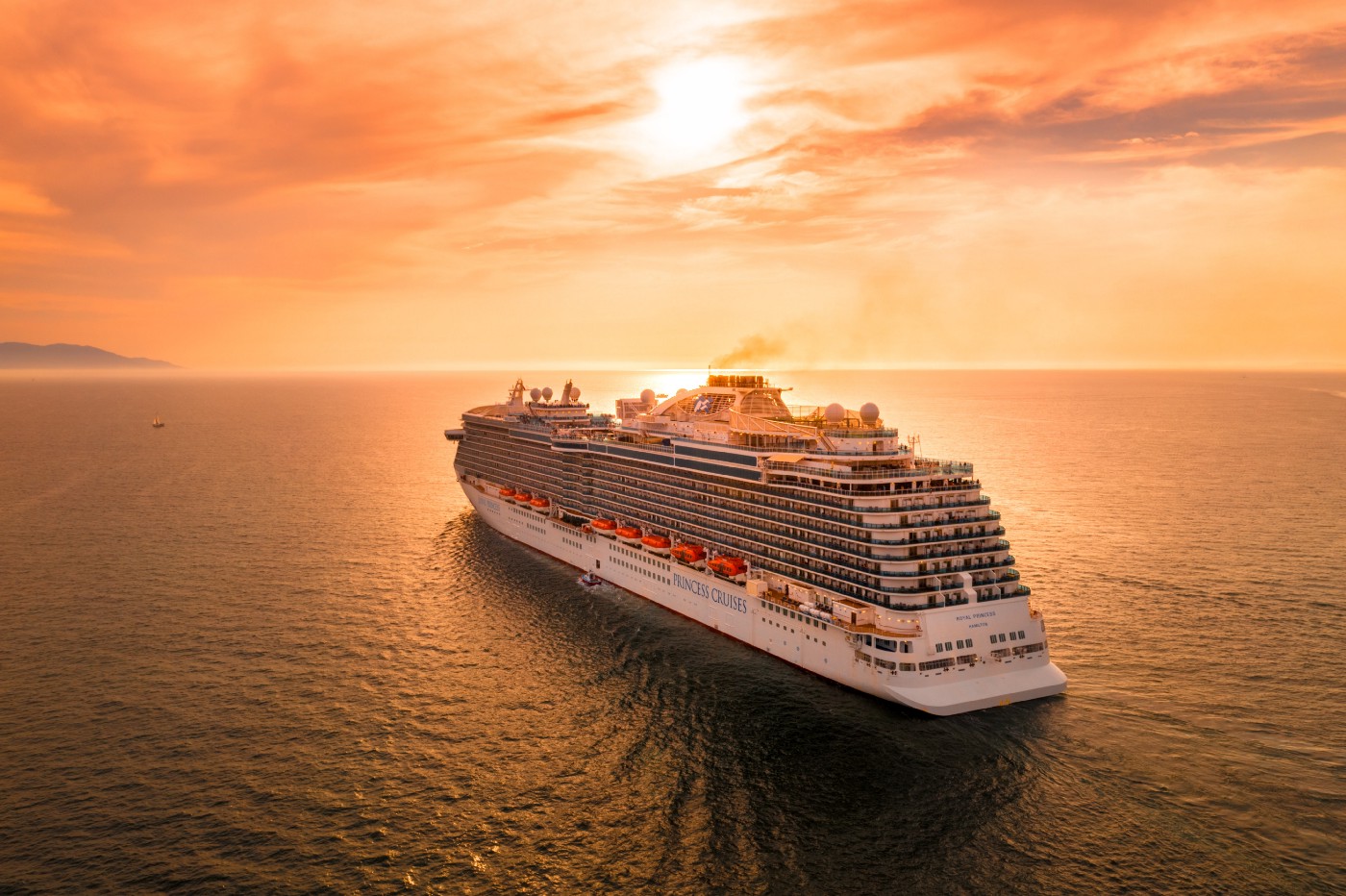
Is the cruise industry making a comeback?
While many industries took major hits due to the pandemic, the cruise industry might have been one of the most publicized sectors in crisis. At the start of the pandemic, it wasn’t unusual to find headlines about outbreaks on cruises, passengers being stranded, or companies suspending travel. The industry also suffered a financial blow. In the United States alone, cruise line companies lost $63 billion between 2020 and 2021.
Like much of the world, the cruise industry struggled to stay afloat. Not only were cruises affected by many countries’ travels restrictions, the industry also struggled in the stock market. For instance, shares for popular cruise line Carnival sank more than 30% in March 2020. Once vaccines became widely available, cruise companies put protocols in place to help ensure passenger safety.
Now, however, as the world attempts to return to some sense of normalcy, the cruise industry is poised to do the same. Recently, major players like Royal Caribbean International and Princess Cruises have updated their pandemic protocols, making specific changes to vaccine and testing requirements. Passengers on Royal Caribbean cruises, for example, can now set sail whether they are vaccinated or not as long as they adhere to certain testing guidelines.
Carnival Cruise Line also updated their policies this month and are now allowing unvaccinated passengers to come aboard (if the trip is less than 16 nights). Instead, customers who haven’t been vaccinated must now show proof of a negative COVID-19 test taken at least three days before the ship sets sail. In what might be a sign of a financial boom to come, bookings for Carnival cruises surged after the announcement–almost double the amount than the same day in 2019.
When the CDC terminated its pandemic program for cruise lines in July, shares for Royal Caribbean, Norwegian, and Carnival all rose, with Royal Caribbean seeing a 6% increase, Norwegian rising 3.5%, and Carnival seeing the highest rise at 7%. Previously, the CDC program mandated testing for all passengers and recommended vaccines for passengers and cruise line staff.
It’s not just an ease in vaccination and testing protocols that have people flocking back to the seas. Countries have also started relaxing their travel and border restrictions that once hindered the cruise line industry. New Zealand, a country with some of the world’s tightest pandemic-related travel rules, recently saw the return of the first cruise ship in its docks since the pandemic started. However, not everyone is excited about looser regulations. A recent Cruise Critic survey found 42% of respondents felt safer with testing requirements and 56% were in favor of vaccine mandates for passengers. Of the 2,830 people surveyed, 40% even said they would only book with cruise lines who kept their stricter pandemic policies.
What does all of this mean for the cruise industry after more than two years of setbacks? Well, the Cruise Lines International Association predicts the number of cruise line passengers will be greater than pre-pandemic numbers by 2023. Furthermore, almost 40 new ships will make their way to the seas this year and all of Cruise Lines International Association’s member ships are expected to be back in operation.
Although there is still a long way to go, the cruise industry is also making a shift to more sustainable travel. With a carbon neutrality goal and new electric ships, the industry seems to be moving towards a more green-conscious future post-pandemic.
What does this mean for the cruise industry? While recent history has proven it’s impossible to predict how COVID, or emerging viruses, might curtail individuals and companies, signs point to a bright future for fleets. Passengers stuck on land for more than two years seem eager to get back to the seas, which puts the cruise industry in a great position for a comeback–something tourists, companies, and countries can look forward to after a more than two-year dry period.



